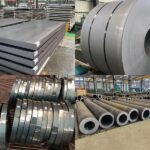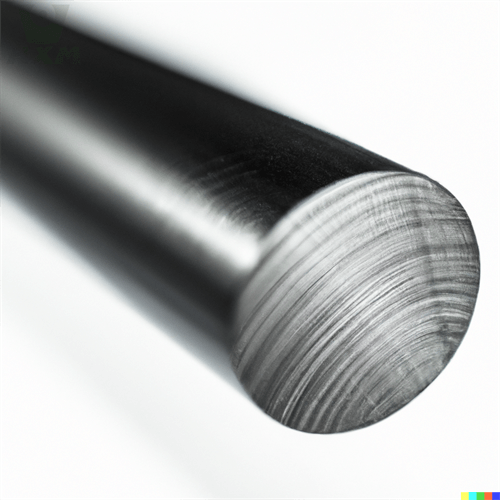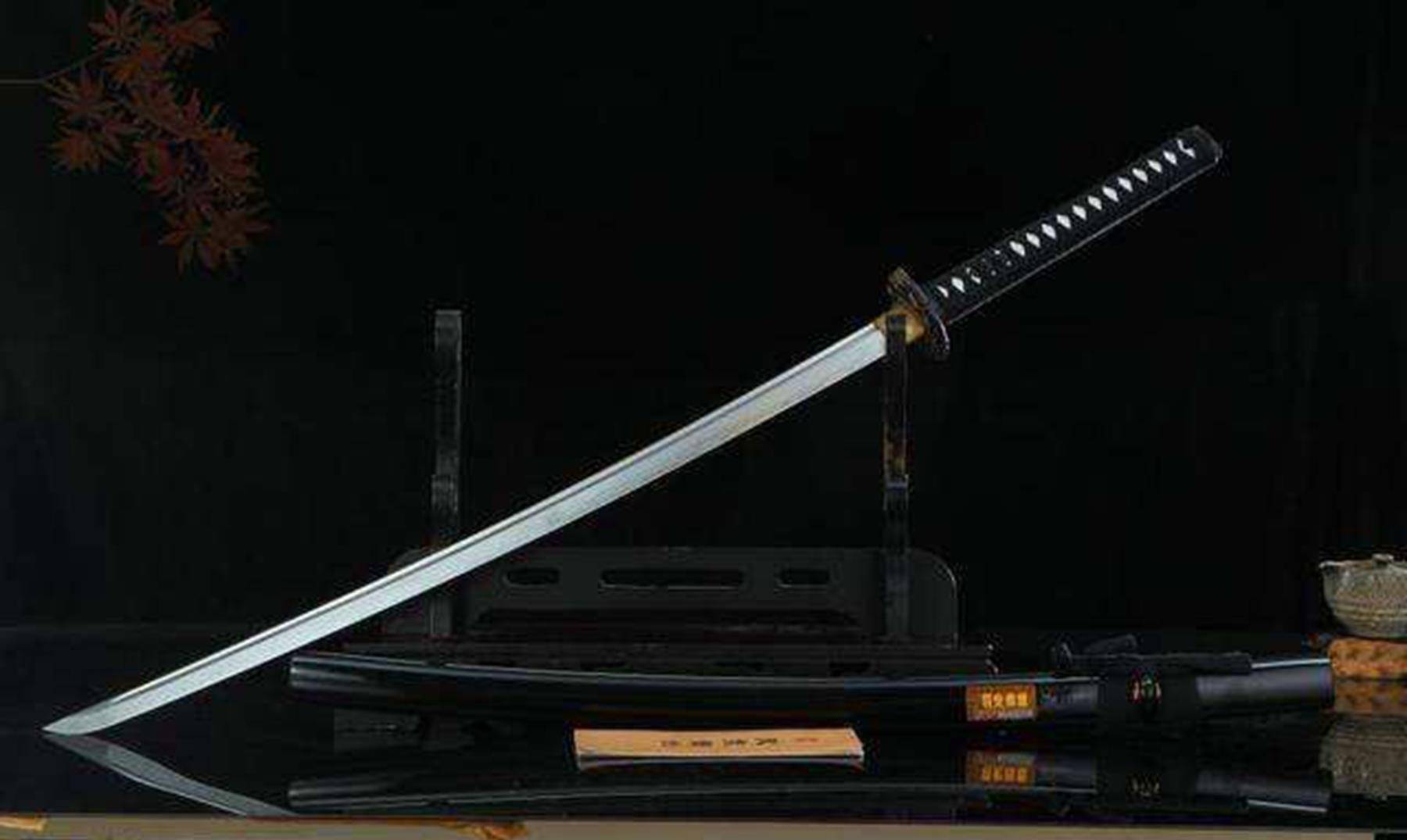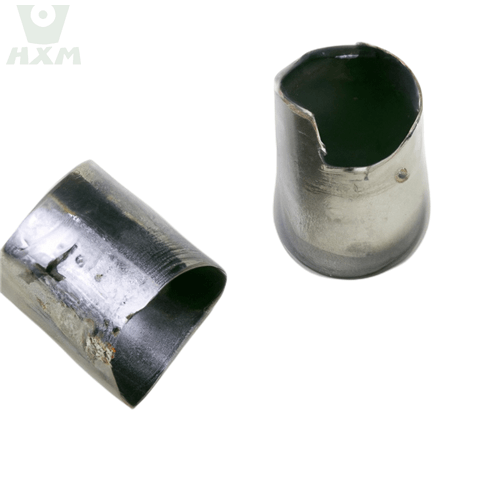Alloy tool steel, renowned for its exceptional properties such as high hardness, wear resistance, and toughness, serves as an ideal material for manufacturing various tool steel cutters like milling cutters, lathe tools, and planing tools. However, during usage, factors including material issues, heat treatment problems, design flaws, and operational conditions can all contribute to its wear and tear. In this article, we will take a closer look at the reasons for wear and tear of alloy tool steel.
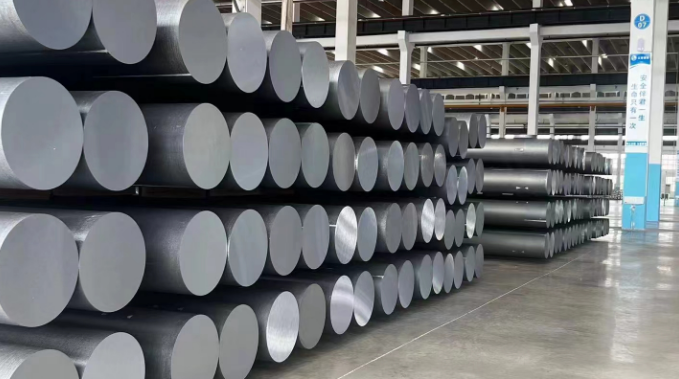
Reasons for Wear and Tear of Alloy Tool Steel:
Firstly, material issues play a crucial role. The wear rate of alloy tool steel is intimately tied to its material characteristics. If the raw materials used in its manufacturing process contain excessive impurities, it can increase the brittleness of the alloy, making it more prone to scratches and accelerated wear areas. This not only compromises the wear resistance and durability of the alloy tool steel but also shortens its service life.
Secondly, heat treatment is another significant factor. Inadequate quenching or insufficient quench hardenability can lead to decreased tensile properties and fatigue strength of the workpiece, thereby affecting its wear resistance. Specifically, if the quenching temperature of alloy tool steel is too high or too low, it can disrupt the balance between hardness and toughness, rendering the material more susceptible to wear. Therefore, precise control of quenching temperature during the heat treatment process can effectively enhance the wear resistance and prolong the service life of alloy tool steel.
Thirdly, design issues contribute to wear and tear as well. Poor design can be a catalyst for alloy tool steel wear. For instance, excessively large cutting edge angles in tools made from alloy tool steel can result in extensive surface wear, while overly small cutting angles can lead to wear and even fracture. By optimizing heating and cooling conditions, as well as friction parameters during the design phase, the wear resistance of alloy tool steel can be significantly improved.
Lastly, operational conditions have a multifaceted impact on alloy tool steel wear. Factors such as excessively high cutting speeds, large feed rates, excessive or insufficient coolant, and severe external friction and impacts can all accelerate wear. Operating alloy tool steel under appropriate conditions ensures optimal performance and minimizes wear.
Conclusion
In conclusion, the wear and tear of alloy tool steel are the result of a confluence of multiple factors. To extend its service life, attention must be paid to material quality, heat treatment processes, design considerations, and operational conditions. By addressing these aspects, the rate of wear and tear in alloy tool steel can be mitigated, paving the way for its widespread and reliable application.
Why Choose Huaxia Steel?
Thank you for reading our article and we hope it can help you to have a better understanding of the reasons for wear and tear of alloy tool steel. If you are looking for suppliers and manufacturers of alloy tool steel, we would advise you to visit Huaxia Steel.
As a leading supplier of tool steel from Shanghai China, Huaxia Steel offers customers high-quality alloy tool steel at a very competitive price.


